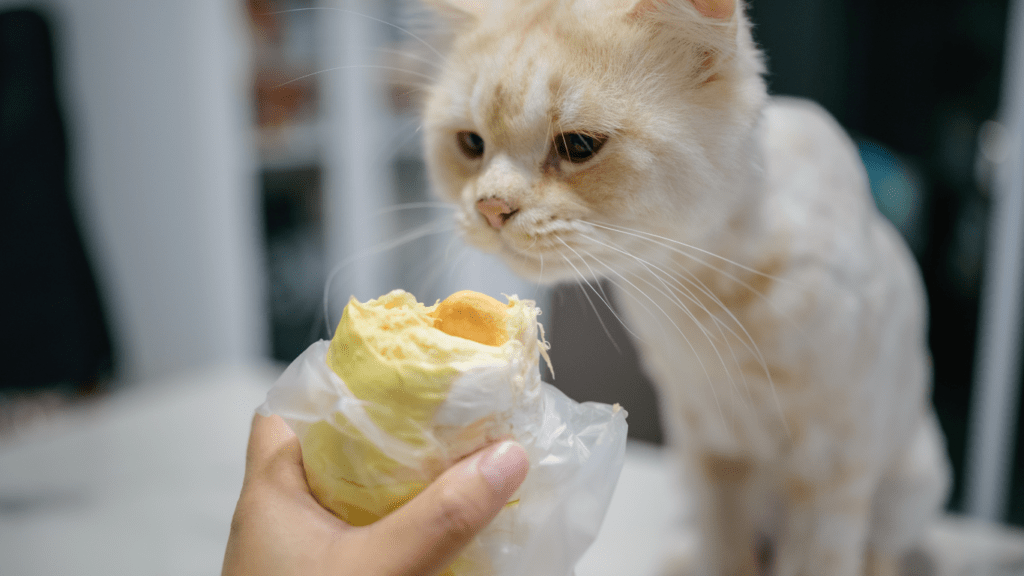Have you noticed your furry friend engaging in repetitive behaviors that seem out of the ordinary? As a pet owner, I understand the concern that arises when our beloved companions exhibit compulsive behaviors. In this article, I’ll delve into the causes behind these actions and explore effective solutions to help your pet lead a happier, healthier life.
From excessive grooming to constant tail chasing, compulsive behaviors in pets can stem from various factors, including stress, boredom, or even underlying medical conditions. By recognizing the triggers that contribute to these behaviors, we can take proactive steps to address them and provide our pets with the support they need.
Join me as we unravel the complexities of compulsive behaviors in pets, and discover practical strategies to manage and minimize these actions. Together, we can create a nurturing environment that promotes positive behaviors and enhances the well-being of our four-legged companions.
Understanding Compulsive Behaviors in Pets
Exploring the world of compulsive behaviors in pets unveils a spectrum of actions, from excessive grooming to repetitive tail chasing. As I delve into the triggers behind these behaviors, it becomes evident that stress, boredom, or underlying medical conditions often serve as the foundation for these repetitive actions.
By recognizing these red flags early on, pet owners can take proactive steps to understand and address the root causes of their pets’ behavior. In doing so, we aim to create a harmonious environment that fosters positive behaviors and uplifts the overall well-being of our beloved pets.
Common Causes of Compulsive Behaviors in Pets
When it comes to understanding why pets exhibit compulsive behaviors, it’s essential to consider various factors that can contribute to these actions. Let’s explore some of the common causes behind compulsive behaviors in pets:
Genetic Predispositions
In some cases, compulsive behaviors in pets can be linked to genetic predispositions. Certain breeds may have a higher likelihood of displaying these behaviors due to their genetic makeup.
For example, some dogs with a history of anxiety disorders in their lineage may be more prone to developing compulsive habits such as excessive licking or pacing.
Environmental Factors
- Impact of Environment:
Stressful or chaotic environments can trigger compulsive behaviors in pets as a coping mechanism, such as over-grooming or tail chasing. - Effects of Changes:
Changes in the household, such as moving, adding a new pet, or shifts in routine, can increase stress levels and lead to compulsive behaviors in pets.
It’s important to create a calm, stable, and enriched environment for pets to minimize the risk of developing compulsive habits.
Identifying Compulsive Behaviors in Pets
Exploring the signs of compulsive behaviors in pets is vital in addressing underlying issues effectively. Observing behaviors like incessant licking, chewing, or pacing in pets can be indicative of compulsive tendencies.
Once these behaviors become repetitive and seem to serve no apparent purpose, it may be time to consider them as a compulsive response rather than ordinary actions.
Noting the frequency and intensity of these behaviors is essential. If a pet engages in these activities excessively, to the point where it interferes with their daily routine or causes physical harm, it likely stems from compulsive behavior rather than regular behavior patterns.
Being attentive to triggers that prompt these behaviors is crucial. Identifying specific situations, such as when the pet is left alone or during specific activities, can offer insights into the root causes of compulsive behaviors. By recognizing these triggers, pet owners can implement appropriate interventions to help their pets overcome these compulsions and improve their overall well-being.
Monitoring changes in a pet’s behavior over time is key. If compulsive behaviors persist or escalate despite efforts to address potential triggers or provide distractions, seeking guidance from a veterinarian or animal behavior specialist is advisable.
Professional assistance can aid in tailoring a comprehensive plan to manage and alleviate compulsive behaviors in pets effectively.
Treating Compulsive Behaviors in Pets
Transitioning into addressing compulsive behaviors in pets, I’ll delve into effective strategies for treating these behaviors to ensure the well-being of our furry friends.
Identifying and Understanding: It’s crucial to identify compulsive behaviors in pets accurately, such as constant licking, chewing, or pacing. Distinguishing between normal behaviors and compulsive actions is key, emphasizing the need to observe the frequency, intensity, and triggers of these behaviors.
Monitoring and Seeking Help: I stress the importance of monitoring behavioral changes over time. If compulsive behaviors persist or worsen despite interventions, seeking professional guidance is vital. Consulting with a veterinarian or animal behaviorist can provide tailored solutions to manage and alleviate these behaviors in pets effectively.


 Rudylier Alejandrosh, the visionary founder of Animal Potty Care, created the platform out of a deep passion for improving pet care solutions and enhancing the relationship between pets and their owners. With years of experience as a dedicated pet enthusiast, Rudylier recognized the challenges pet owners face in managing their pets' behavior, especially in areas like potty training and travel care. His commitment to making pet ownership easier and more enjoyable is reflected in the resources and guidance provided on the platform, which empowers pet owners with practical tips, innovative solutions, and a better understanding of their pets' needs.
Rudylier Alejandrosh, the visionary founder of Animal Potty Care, created the platform out of a deep passion for improving pet care solutions and enhancing the relationship between pets and their owners. With years of experience as a dedicated pet enthusiast, Rudylier recognized the challenges pet owners face in managing their pets' behavior, especially in areas like potty training and travel care. His commitment to making pet ownership easier and more enjoyable is reflected in the resources and guidance provided on the platform, which empowers pet owners with practical tips, innovative solutions, and a better understanding of their pets' needs.